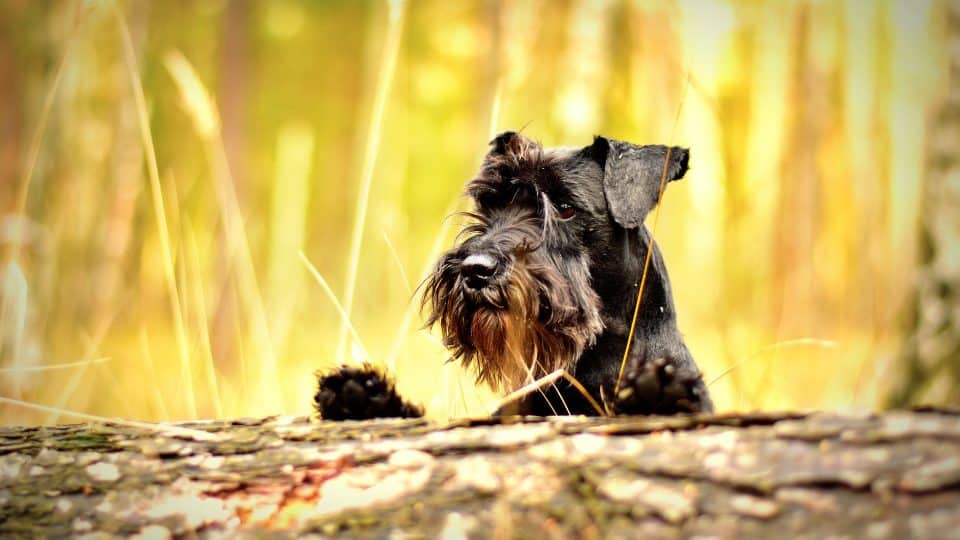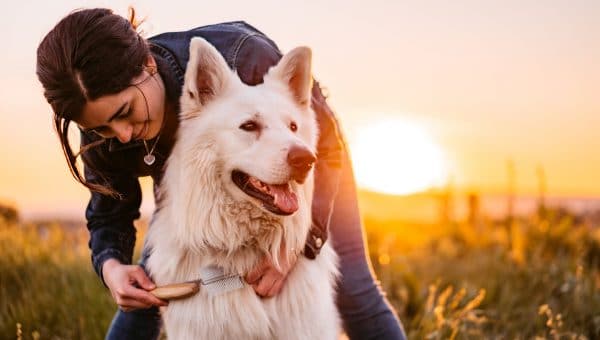We wish our dogs could live forever. But since that’s not a possibility, the next best thing is picking a dog with a good, long life expectancy. So, what are the longest-living dog breeds? While it can vary a lot due to health conditions, the average life span of small dogs is generally longer than big dogs.
If you’re hoping your dog gets the “world’s oldest dog” title someday, check out this list. We’re not saying these individual pooches are the world’s oldest dogs, but their average lifespan is on the high end of the spectrum. All of these long-living dog breeds have an average life expectancy of at least 10 years and up to 19 years.
Coton de Tulear

Pixabay
15-19 years
The Coton de Tulear is a small dog known to be an amiable companion with a silky soft coat.
Chinese Crested

Pixabay
13-18 years
These tiny dogs won’t be mistaken for another breed. With a small frame, spikey hair, and exposed skin, Chinese Cresteds are loved by their owners for being sweet, devoted pets.
Toy Poodle
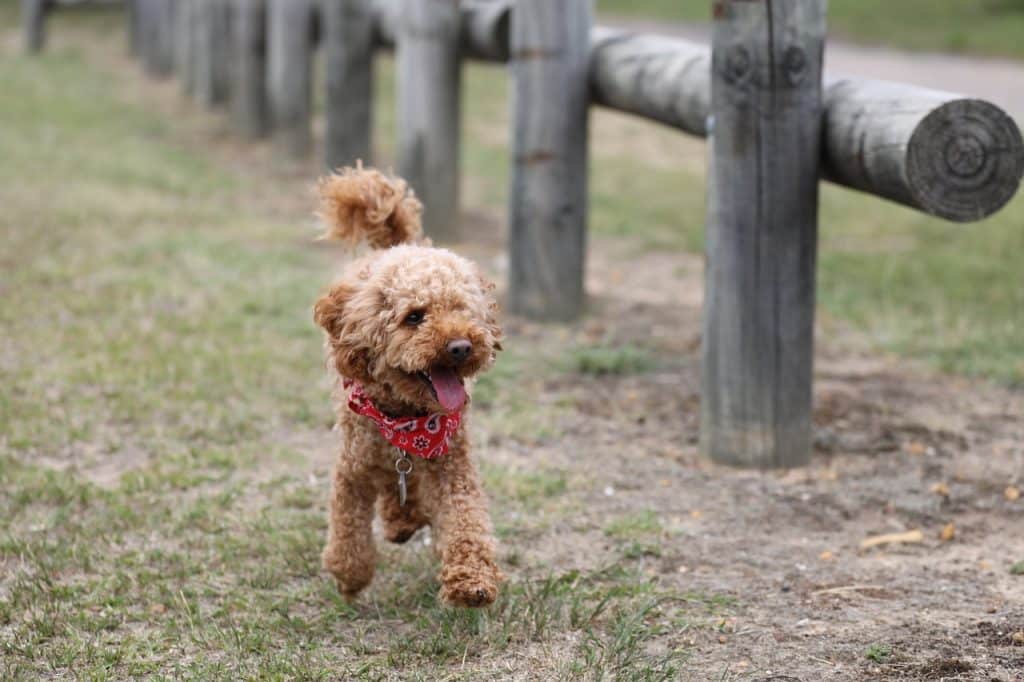
Pixabay
10-18 years
Known for their sophisticated haircuts and agility, toy poodles are little dogs and big brains.
Miniature Schnauzer

Pixabay
10-18 years
Recognized for their endearingly bushy beards, these dogs are family-friendly and highly trainable.
Shetland Sheepdog
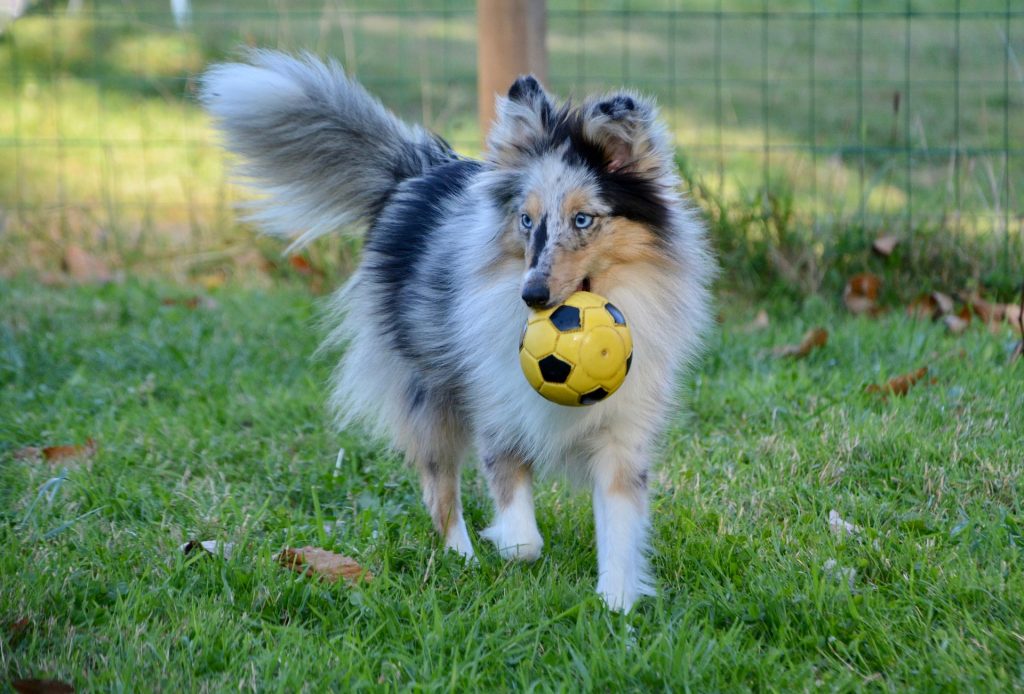
Pixabay
10-18 years
Bred to be a herding dog, Shetland Sheepdogs are highly intelligent, trainable, and active.
Shih Tzu
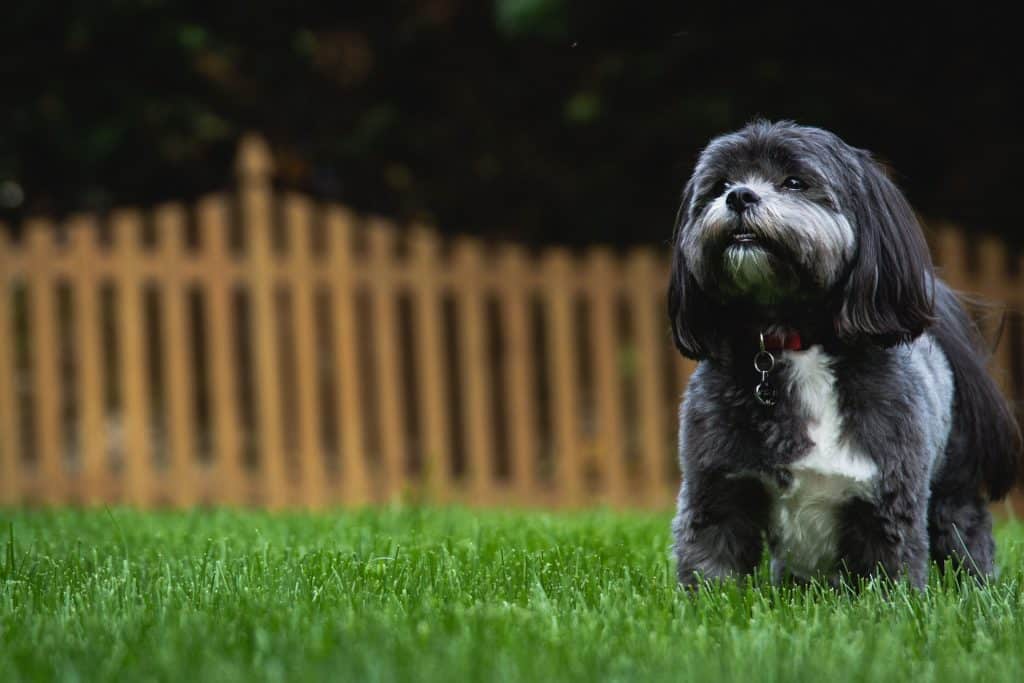
Pixabay
10-18 years
Known to be particularly good with kids, the Shih Tzus are sweet and beautiful—though their coats require diligent grooming.
Toy Manchester Terrier

Pixabay
15-17 years
Originally bred as hunting dogs, Toy Manchester Terriers are sleek, lean, and wicked fast.
Chihuahua

Pixabay
14-16 years
Chihuahuas are an ancient breed of the Americas, beloved for their small stature and energetic personalities.
German Wirehaired Pointer
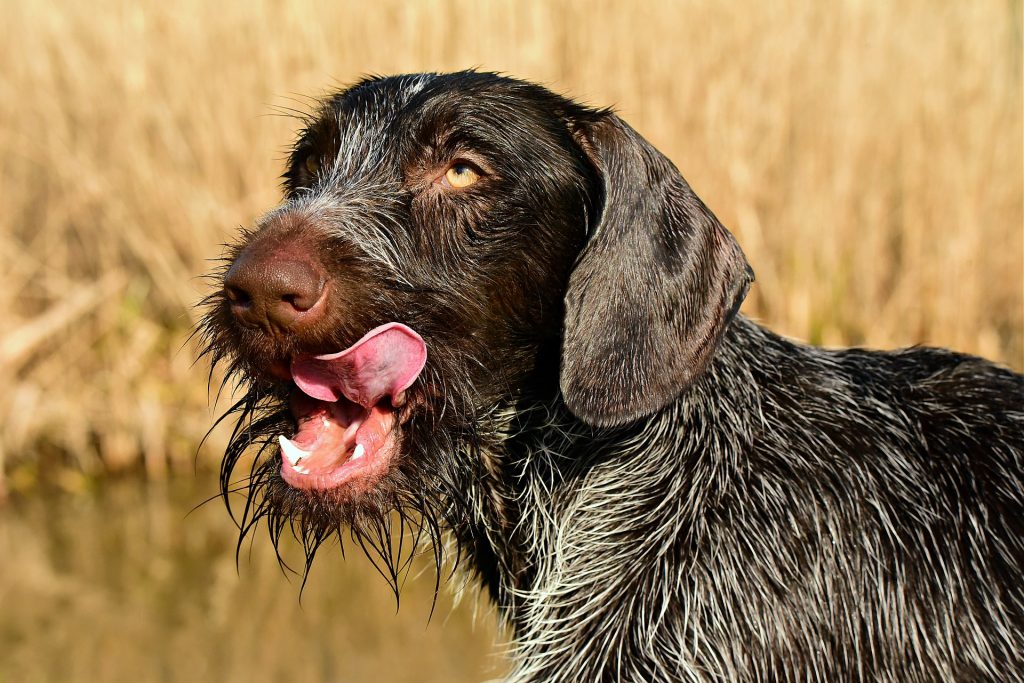
Pixabay
14-16 years
Originally bred to hunt birds, this breed needs tons of exercise! If you’re looking for an athletic companion, this dog could be a great fit.
Havanese

Pixabay
14-16 years
With a reputation for being sociable, these petite dogs are gaining popularity amongst people in cities.
Shiba Inu

Pixabay
13-16 years
An ancient Japanese breed, Shiba Inus are medium-sized dogs with big personalities.
Australian Cattle Dog
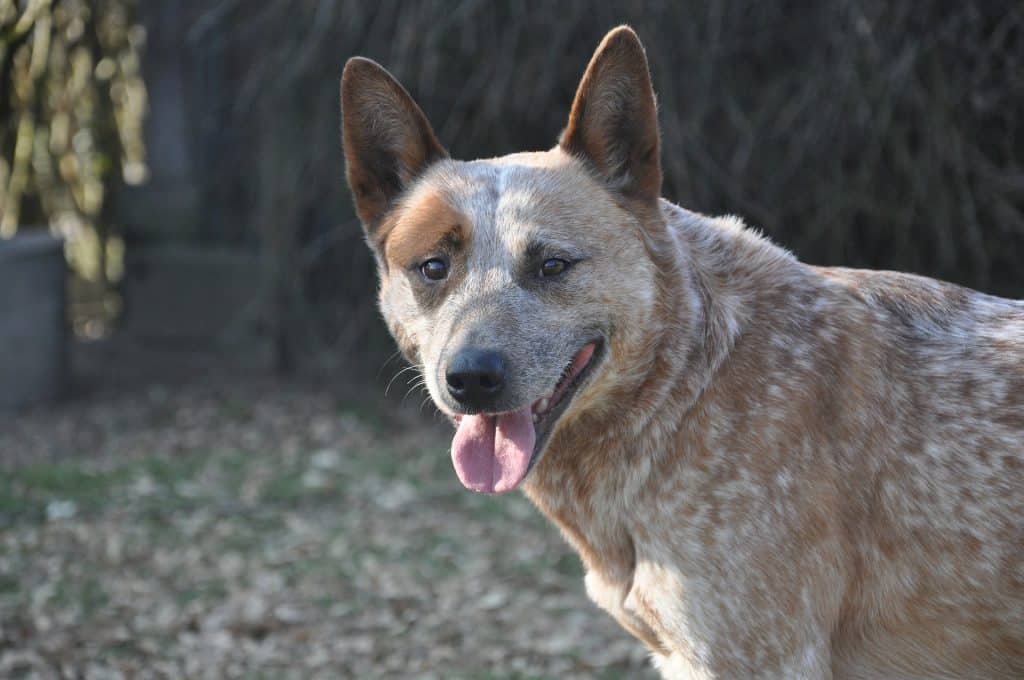
Pixabay
12-16 years
Also known as “Blue Heelers”, these energetic dogs do best with owners who can put them to work.
Pomeranian
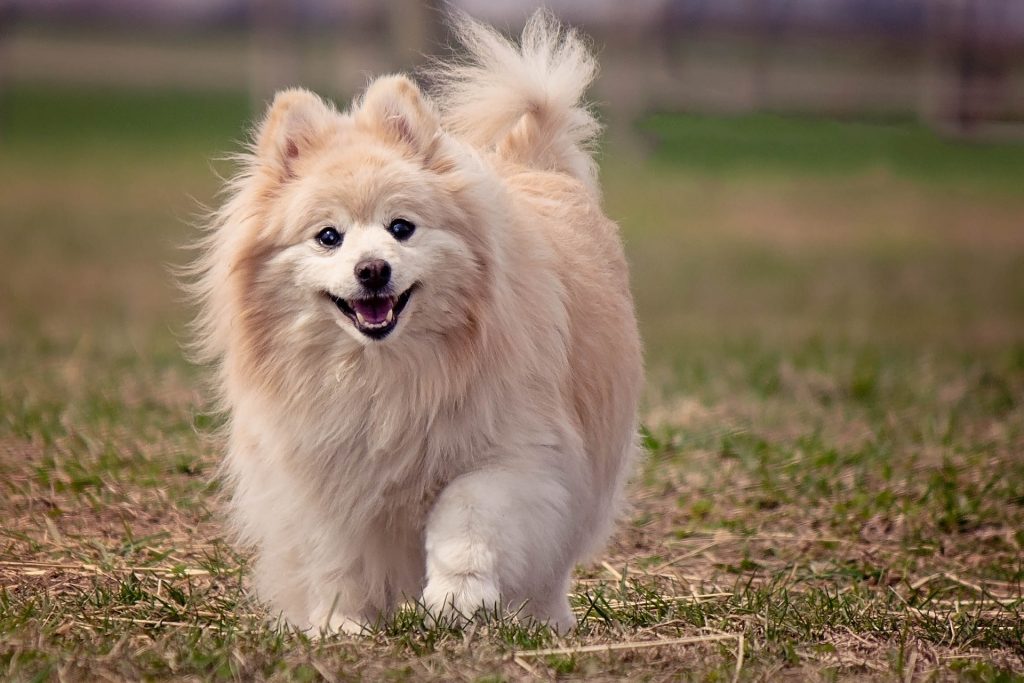
Pixabay
12-16 years
The Pomeranian is a small fluffy dog known to be an excellent companion.
Toy Fox Terrier

Pixabay
13-15 years
Toy Fox Terriers are compact, agile, and entertaining. You certainly won’t get bored with one of these dogs around!
Australian Shepherd

Australian Shepherd
12-15 years
Another herding dog, Australian Shepherds pair intelligence with good looks. These dogs do best with an experienced owner.
Cardigan Welsh Corgi
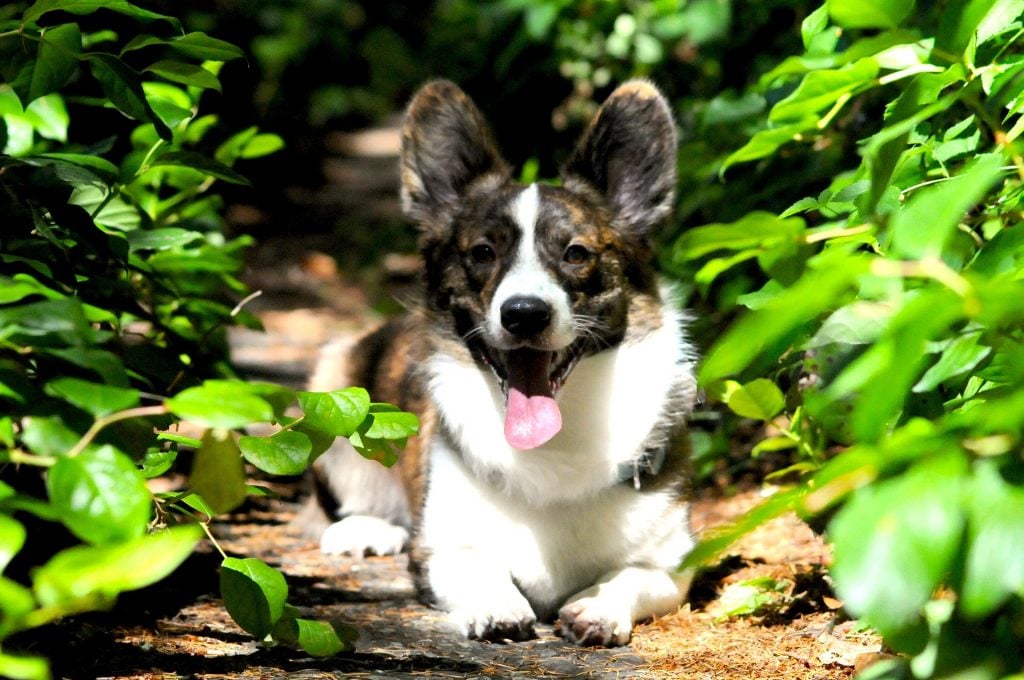
Pixabay
12-15 years
Closely related to the popular Pembroke Welsh Corgi, these dogs can be distinguished from their cousins by their long tails.
Lhasa Apso

Pixabay
12-15 years
These small, sophisticated looking dogs are known to be close to their families but standoffish with strangers.
Maltese

Pixabay
12-15 years
This ancient breed from the Mediterranean has a reputation for being affectionate but a little stubborn.
Yorkshire Terrier

Pixabay
11-15 years
Commonly called “yorkies”, these tiny, boisterous dogs are extremely popular among city dwellers.
Beagle

Pixabay
10-15 years
One of the most popular breeds in the U.S., Beagles are loved for their loyalty and easy-going nature.
Of course, no matter your dog’s breed, a healthy diet, regular exercise, and quality care, plus spaying or neutering your pets, will help them have longer and happier lives. In fact, there are lots of simple, everyday things you can do to increase your dog’s life span and help them avoid health problems. And don’t worry if your current dog doesn’t happen to be on this list. Plenty of other breeds have individual dogs that have lived a very long time, like Maggie the Australian Sheepdog who made it to an impressive 30 years!
Curious about how to calculate your dog’s actual age? Check out the dog years calculator.
